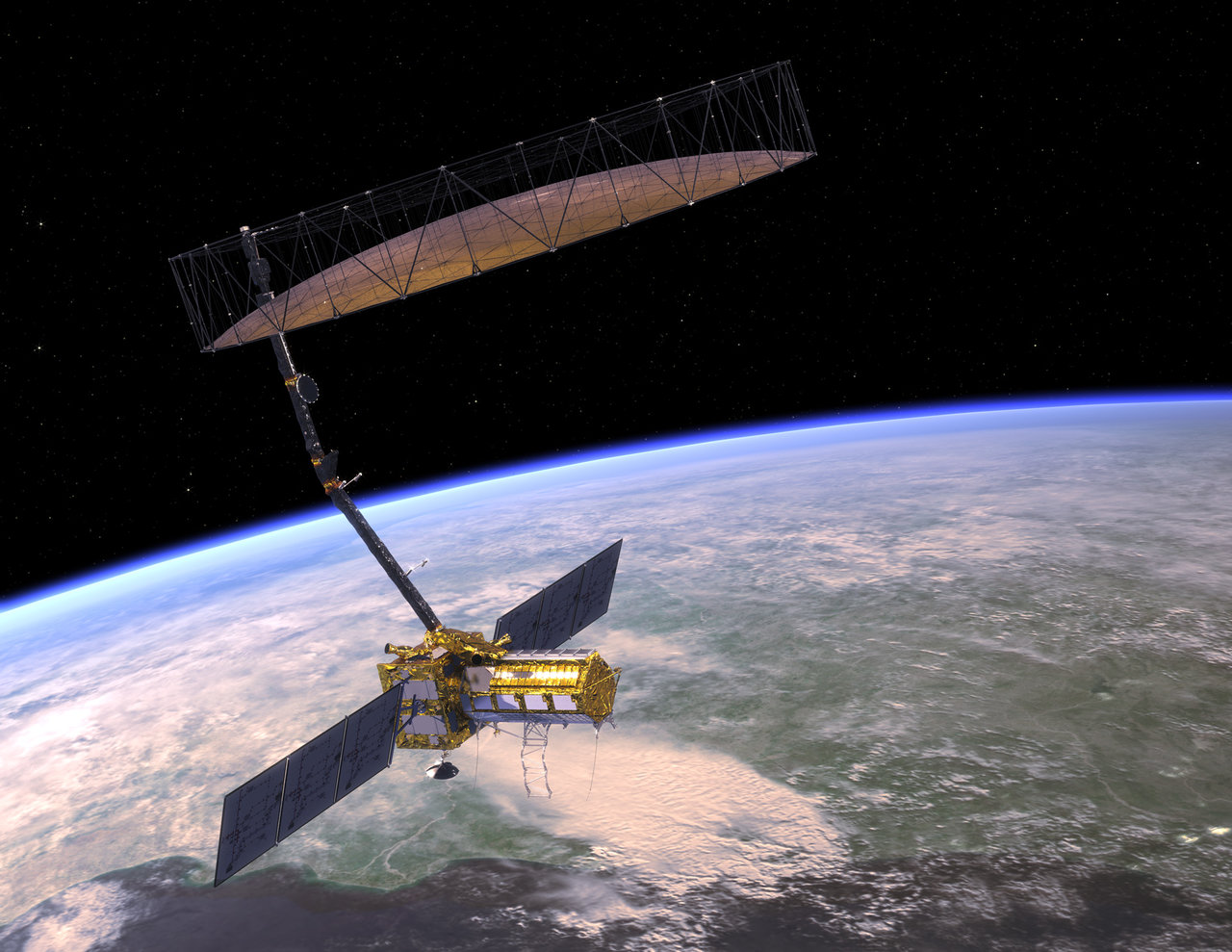NISAR: NASA-ISRO science mission moves a step closer to its 2024 launch

- Country:
- India
NISAR, the first-ever collaboration between NASA and the Indian Space Research Organisation (ISRO) on an Earth-observing mission, has moved one step closer to its 2024 launch. The satellite's science payload, L- and S-band radar systems, recently completed the journey from NASA's Jet Propulsion Laboratory (JPL) in Southern California to ISRO's U R Rao Satellite Centre in Bengaluru, India.
Once in operation, NISAR, short for NASA-ISRO Synthetic Aperture Radar, will observe nearly all of Earth's land and ice surfaces twice every 12 days. It will be the first radar of its kind in space to systematically map Earth, using two different radar frequencies (L-band and S-band) to measure changes in our planet's surface less than a centimeter across.
NASA is providing the mission's L-band synthetic aperture radar, a high-rate communication subsystem for science data, GPS receivers, a solid-state recorder and payload data subsystem. ISRO, on the other hand, is providing the spacecraft bus, the S-band radar, the launch vehicle and associated launch services.
Teams at ISRO's U R Rao Satellite Centre will soon combine the radar systems with the satellite's body and run it through tests in advance of its three-year mission.
NISAR is another step closer to its 2024 launch!🚀The @NASA-@ISRO Synthetic Aperture Radar will be the most advanced radar system ever launched as part of a NASA science mission.NISAR will collect measurements day and night, in all weather conditions!https://t.co/3wINIaX74W
— NASA's Launch Services Program (@NASA_LSP) March 10, 2023
The NISAR Earth science mission is planned to launch in 2024 aboard ISRO's Geosynchronous Satellite Launch Vehicle Mark II rocket from Satish Dhawan Space Centre in Andhra Pradesh, India. Data collected by the mission will help researchers better understand a broad range of Earth science topics, including biomass, natural hazards, sea level rise, and groundwater loss, among others
- READ MORE ON:
- NASA ISRO NISAR mission
- NASA-ISRO Synthetic Aperture Radar
- NASA
- ISRO










